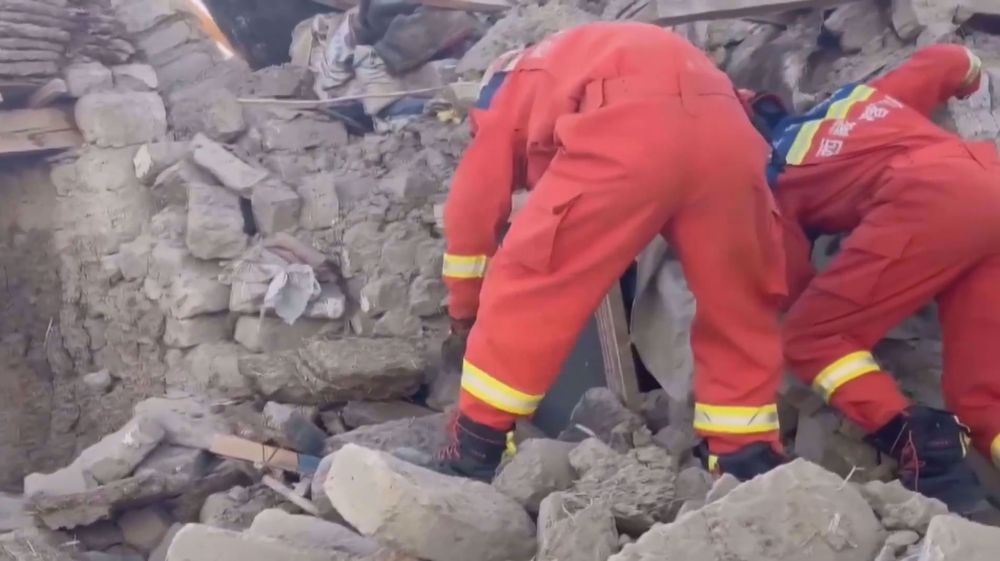Over 500 US banks close since 2001 with lingering spillovers: FDIC data
More than 500 banks across the US have closed since 2001, of which most happened after the 2008 financial crisis, according to data from the Federal Deposit Insurance Corporation.
American regulators seized and then sold First Republic Bank to JPMorgan Chase on Monday, marking the second largest-ever US bank collapse and the third major bank shutdown nationwide in the past two months, following the collapse of Silicon Valley Bank (SVB) and Signature Bank.
Of all the banks that closed since 2001, the largest was Washington Mutual, which closed in September 2008, during the early stage of the financial crisis. The closure of First Republic Bank is the second-largest bank closure in the United States and the largest since the end of the financial crisis.
About 70 banks across the US have closed over the past decade. The total assets of the three banks closed this year exceeded the total assets of the 25 banks closed in 2008, meaning that the scale of US bank closures in 2023 is the largest in recent years.
In March this year, a study jointly released by economists from multiple universities in the United States showed that the Fed's rate hike greatly increased the vulnerability of the US banking system. Affected by the Federal Reserve's aggressive interest rate hikes, the value of financial assets such as bonds held by many US banks has shrunk sharply, and the asset value of some banks has even decreased by more than 20 percent.
According to the study, if market confidence continues to weaken and more depositors withdraw their deposits, as many as 186 banks may become insolvent and face the risk of closure.
(Source: Reuters)
Israel hits HTS military target in Syria for 1st time since fall of Assad
VIDEO | Press TV's news headlines
Israel has slaughtered 13000 students in Gaza, West Bank
VIDEO | More Zionist than Zionists: Biden’s legacy to be defined by Gaza genocide
Hamas confirms handing approval of Gaza ceasefire deal to mediators
VIDEO | Iran: Show of strength
UNRWA will ‘stay, deliver’ aid to Palestinians despite Israel’s ban: Lazzarini
Explainer: What makes Iran's Rezvan and Raad loitering munitions prized assets?









 This makes it easy to access the Press TV website
This makes it easy to access the Press TV website